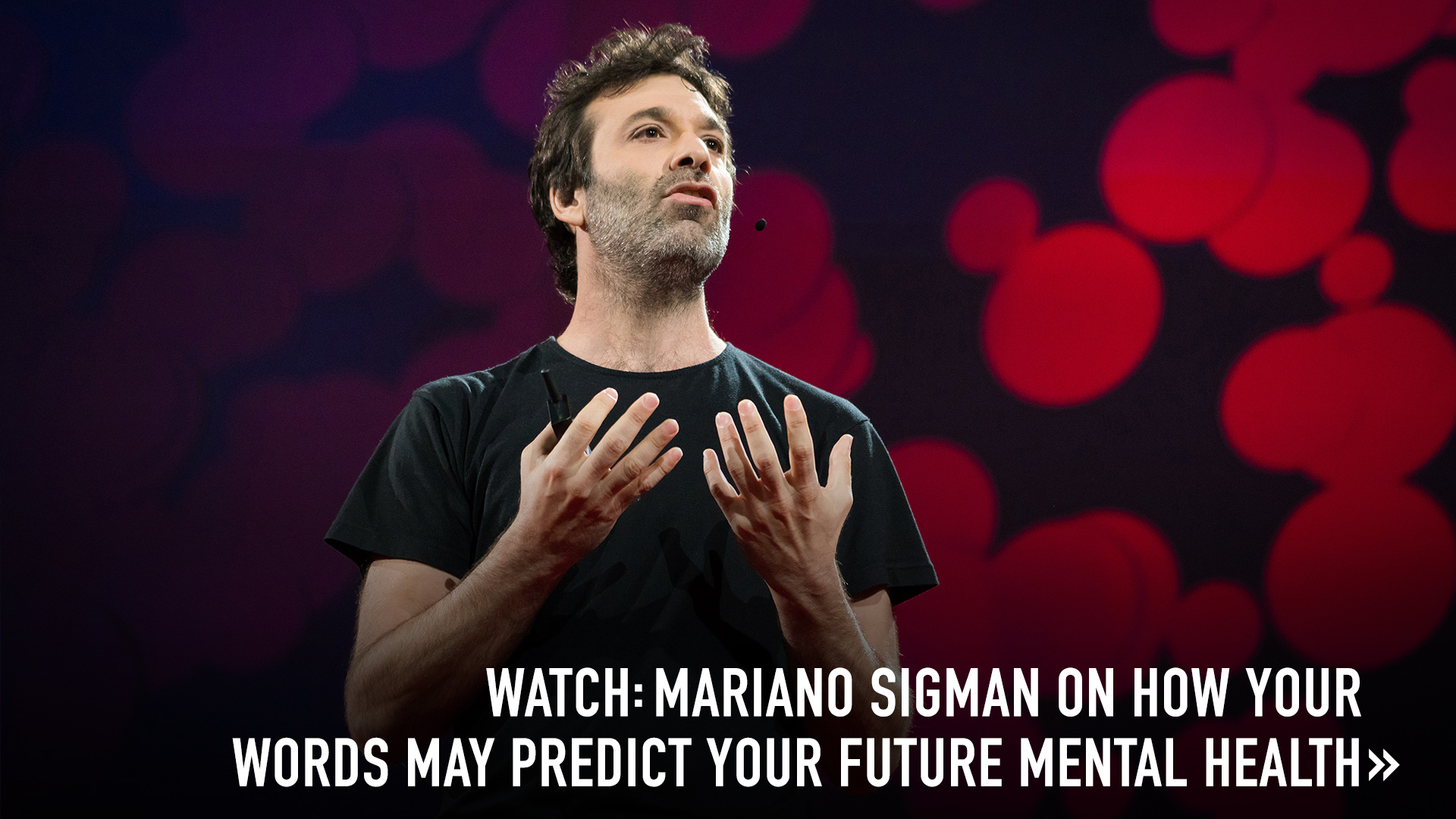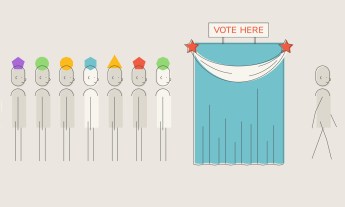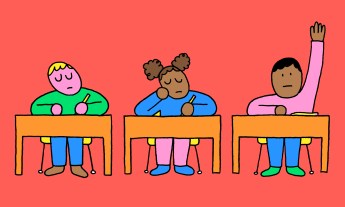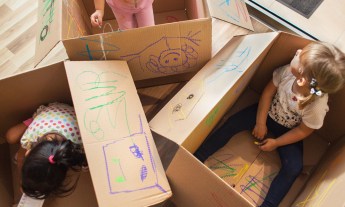
Hint: it has something to do with why we believe the earth is flat until we’re taught otherwise in school. Neuroscientist Mariano Sigman explains how the process of learning involves a certain amount of un-learning what we intuitively know.
Common sense suggests that learning consists of acquiring new knowledge. Socrates, though, proposed that it involved reorganizing and recalling knowledge we already have. Now here’s an even more radical hypothesis of learning: sometimes, learning is losing knowledge. In other words, learning can also be forgetting — erasing things that take up useless space and others that are a hindrance to effective thought.
Young children usually write some letters backwards. They might even write a word or an entire sentence as if in a mirror. This is often seen as an endearing temporary clumsiness, but actually, it is an extraordinary feat. First of all, because the children were never taught to write backwards — they learned it on their own. Secondly, because mirror writing is very difficult — if you disagree, just try to write an entire sentence backwards.
We have a very poor memory for the configurations of objects. Is the Statue of Liberty’s torch in her left or right hand? Our visual system has learned to actively ignore these differences.
What does this teach us about how our brain works? The visual system converts light and shadow into objects, but since objects turn and rotate, the visual system is not very interested in their orientation — a coffee mug is the same turned backwards. Almost the only exceptions to this rule are certain cultural inventions: letters. The mirror reflection of “p” is no longer a “p” but a “q.” And if we reflect it upside down it is a “d” and then left to right again it is a “b”. The reflection of a letter is not the same letter. That is atypical and unnatural for our visual system.
In fact, we have a very poor memory for the particular configurations of objects. For example, almost everyone remembers that the Statue of Liberty is in New York, that it is somewhat greenish, that it has a crown and one hand raised with a torch. But is the torch hand the left or the right?
Our visual system has to actively ignore differences in order to identify that all the rotations, reflections and shifts of an object are still the same object — that a dog seen in profile and a dog seen head-on are the same dog. This highly effective circuit is ancestral, and it was only later in the history of humanity that alphabets appeared, imposing a cultural convention that goes against our visual system’s natural functioning. Those who are learning to read still function with a default setting in their visual systems, in which “p” is equal to “q”. Part of the process of learning implies uprooting a predisposition.
The brain is not a blank page on which things are written, but rather a rough surface on which some shapes fit well and others don’t.
From the day we are born, the brain already forms sophisticated conceptual constructions, and our learning process is a sort of convergence point between what is presented to us and our predisposition for assimilating it. The brain is not a blank page on which things are written, but rather a rough surface on which some shapes fit well and others don’t. That is a better metaphor of learning — it’s a process of congruity, of matching.
One of the most exquisite examples is the representation of the world. Greek cognitive psychologist Stella Vosniadou studied thousands and thousands of drawings in detail to reveal how children’s representations of the world change. At some point in their education, children are presented with the idea that the world is round. This is ridiculous, because all the factual evidence they’ve accumulated points to the opposite.
To understand that the world is round, one must unlearn something very natural based on sensory experience: the world is flat. And when we understand that the world is round, other problems emerge. Why don’t people on the other side of the world fall off? On earth, gravity does its job, keeping everybody stuck. But this brings new problems — why doesn’t the world fall if it is just floating in space?
Teaching is not about speaking more simply but rather about translating what you know into another language or way of thinking.
The conceptual revolutions we experience throughout our life emulate, to a certain extent, the development of culture in history. Children who are shocked to hear the world is round are replicating the conceptual struggle of Queen Isabella when Columbus suggested his voyage. So the problem of the earth floating is resolved in youth as it was many times in human culture by resorting to stories of giant turtles or elephants holding it up. Each individual finds solutions to resolve a construction of reality according to their own conceptual framework. An expert physicist can understand the world is spinning, it has inertia, it’s in an orbital motion, but an eight-year-old cannot solve the dilemma of why the world doesn’t fall with the arguments in her arsenal.
For classroom teachers, parents or friends, it is very useful to know that those who are learning assimilate information in a very different conceptual framework from their own. It is not about speaking more simply but rather about translating what you know into another language or way of thinking. That is why teaching sometimes improves when the teacher is another student who shares the same conceptual framework.
To illustrate this, mathematicians Fernando Chorny, Pablo Coll and Laura Pezzatti and I did a simple test. We put a math problem to hundreds of students who were preparing for an exam in an entry-level course after dividing them into two groups. The first group was asked to solve the problem, just as with any other test. The second group was asked first to rewrite the question in their own words and only then to solve the problem.
The extra task for the second group meant they had less time and concentration. But it pushed them to do something key to learning: translating that formulation into their own language before solving it. The change was spectacular. The performance of those who rewrote the problem improved almost 100 per cent over those who directly solved the problem.
Throughout time and learning, all of us go through conceptual revolutions that change how we organize concepts and represent the world. But old intuitive conceptions persist, and we can often trace that childish way of solving problems through adulthood. Understanding how this body of intuitions works in the human mind is one way we can improve how we teach our children.
Excerpted from the new book The Secret Life of the Mind: How Your Brain Thinks, Feels, Decides by Mariano Sigman. Copyright © 2017 by Mariano Sigman. Used with permission of Little, Brown and Company, New York. All rights reserved.




















